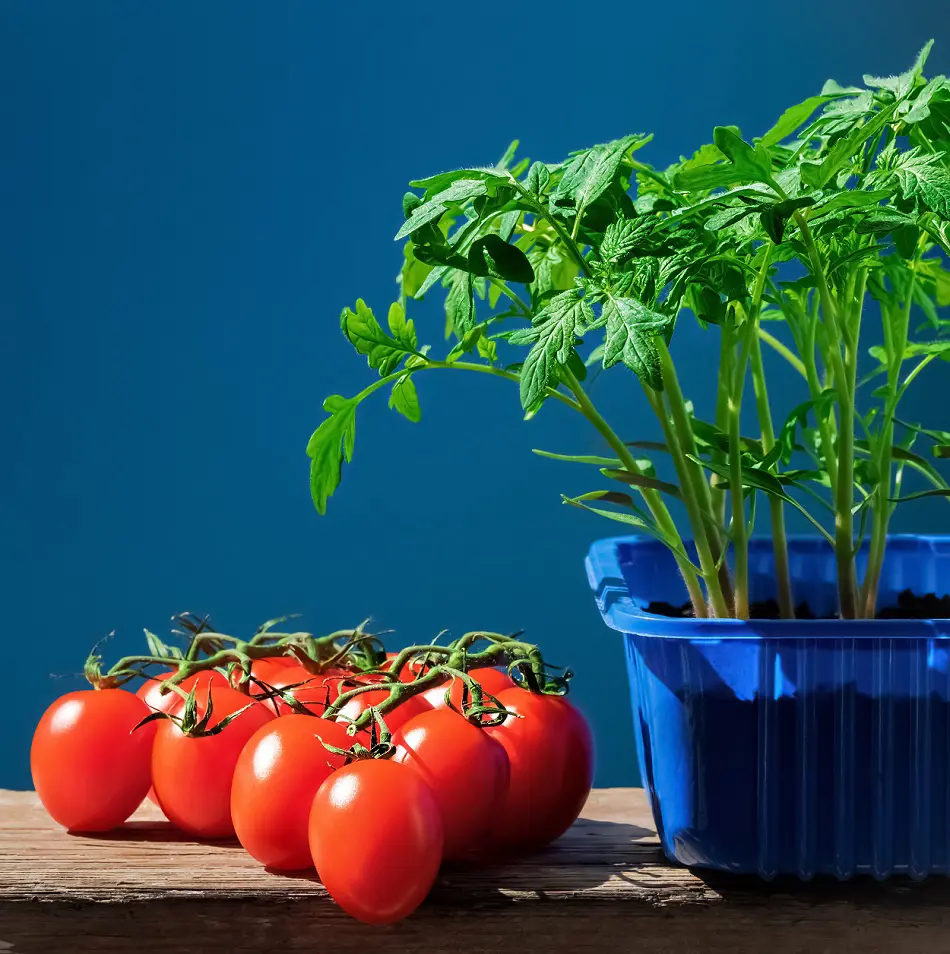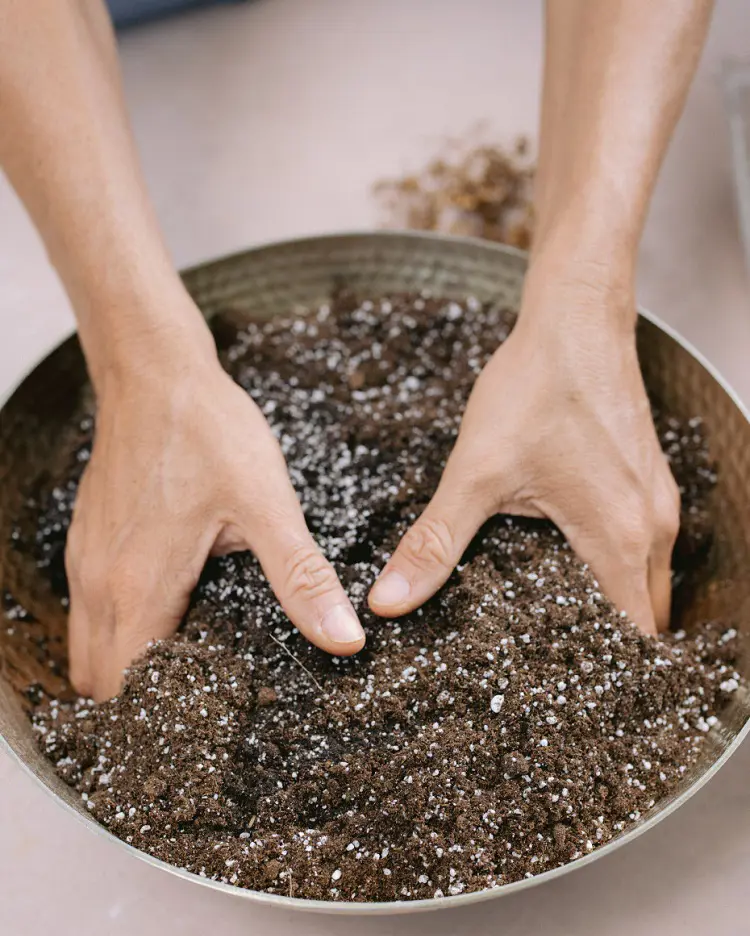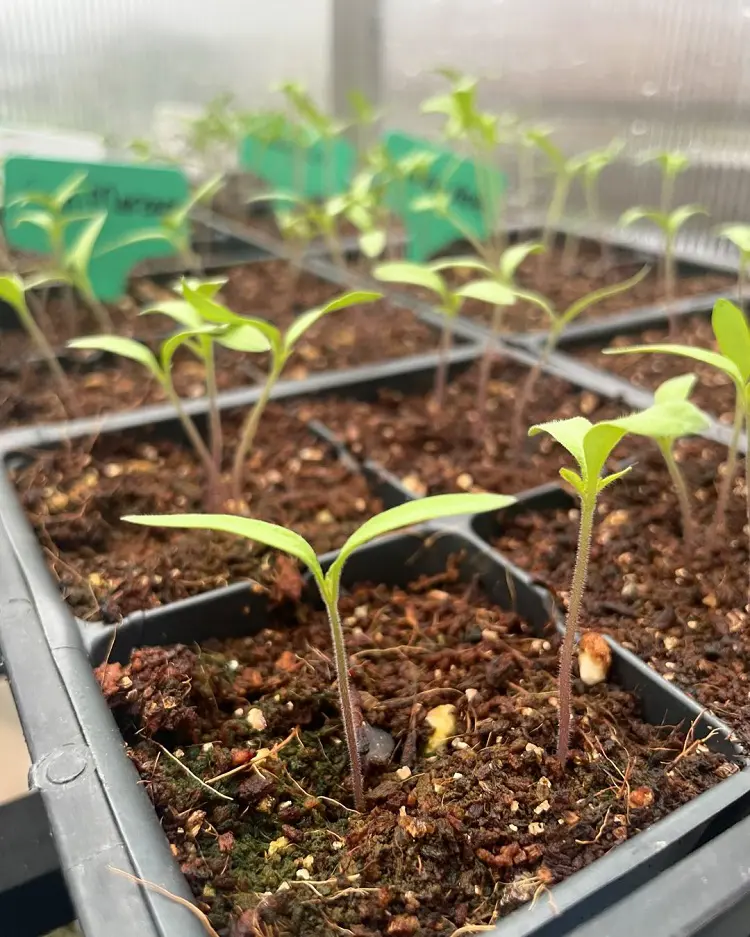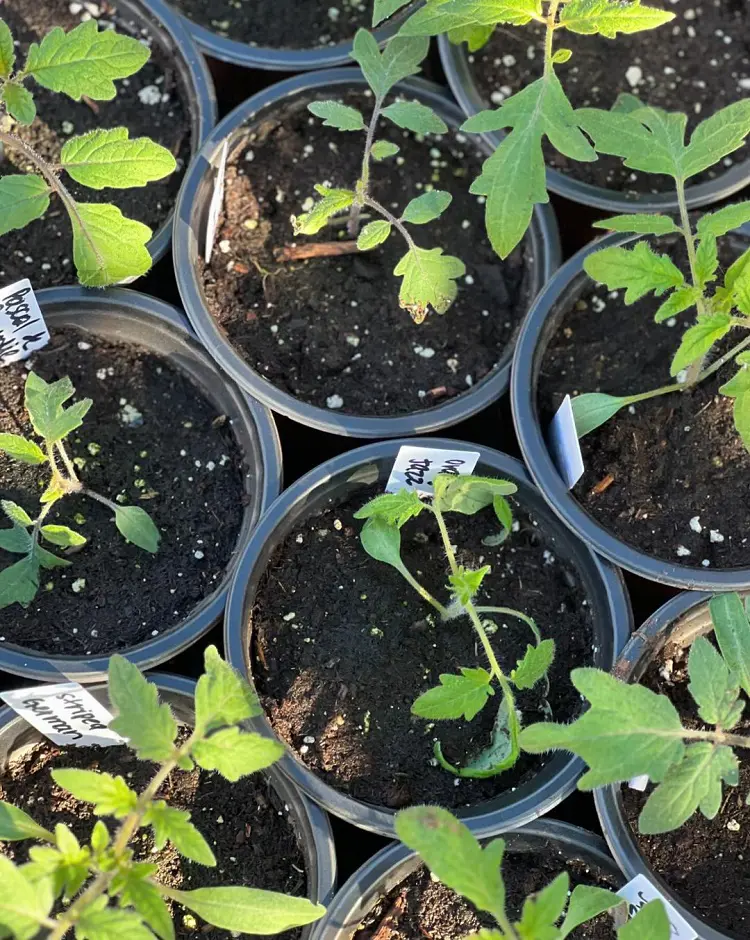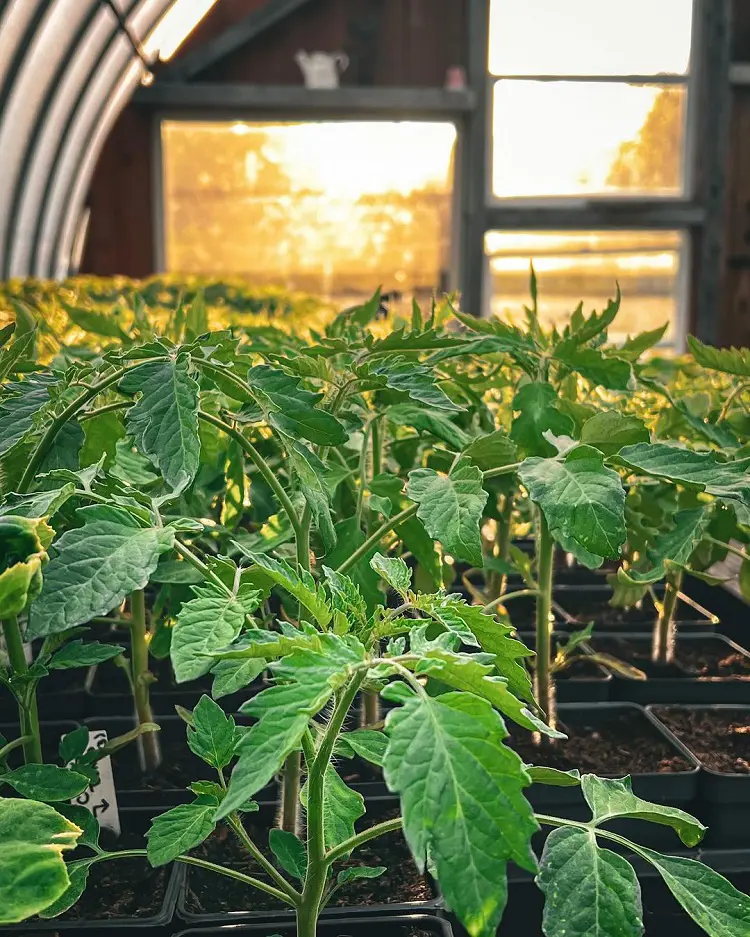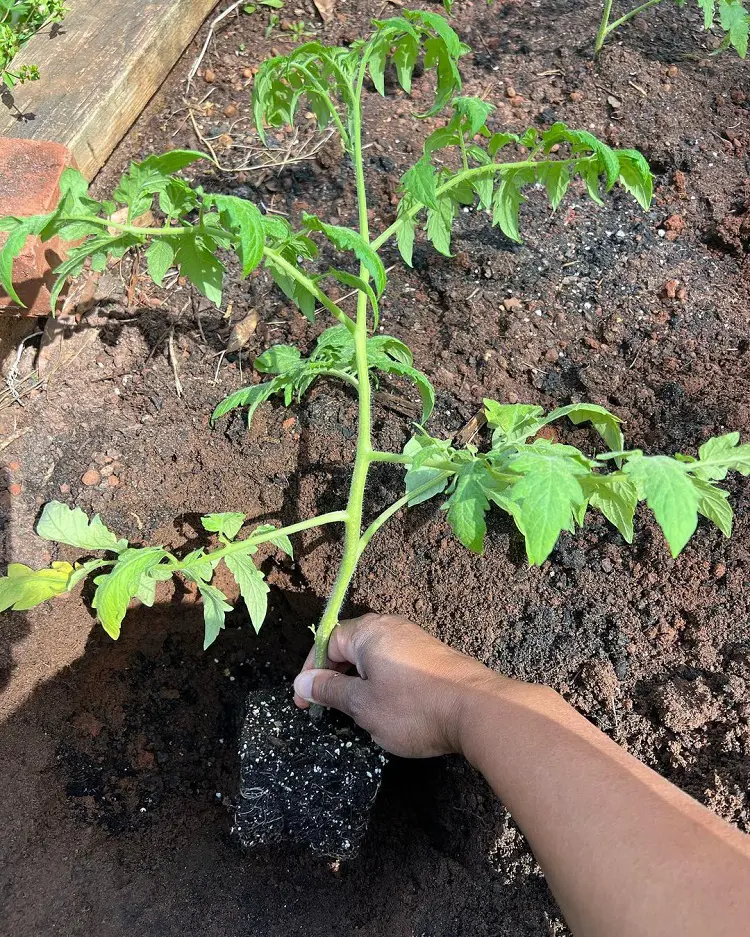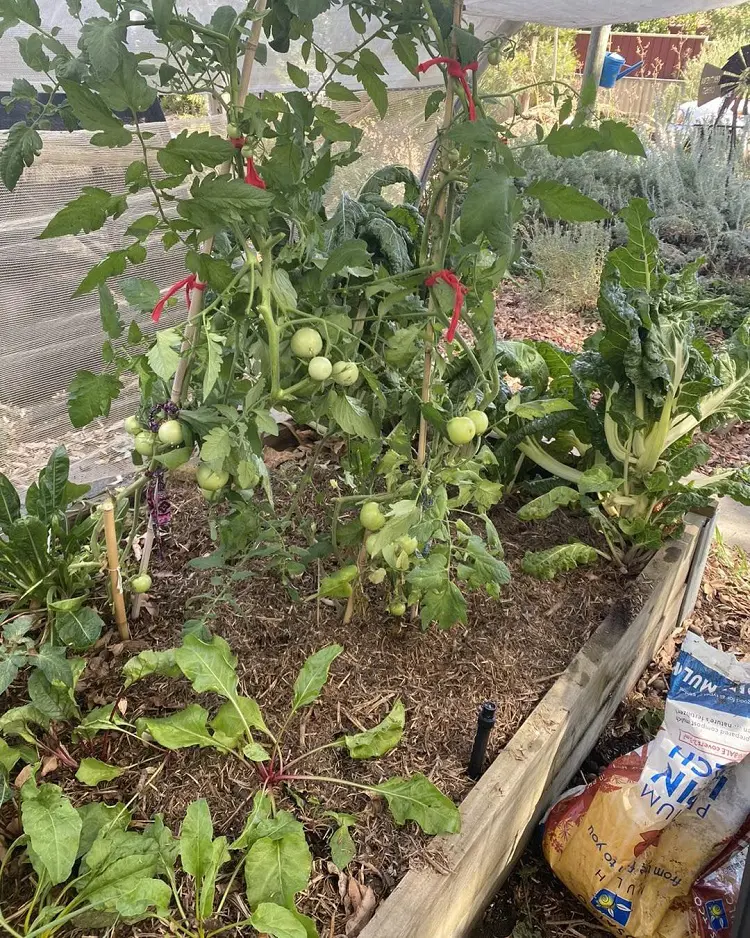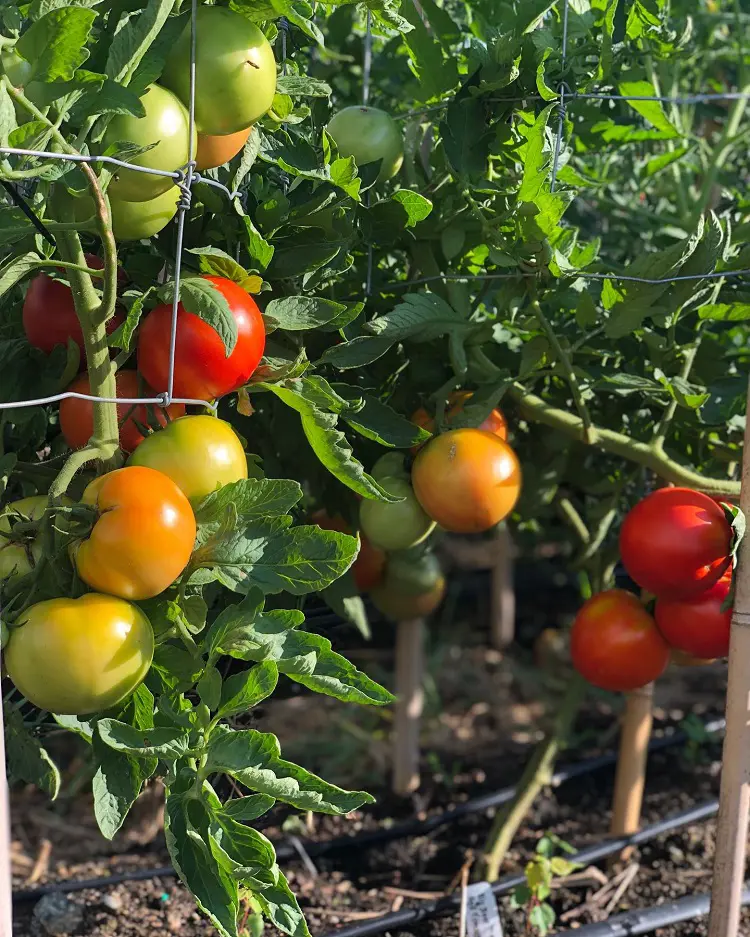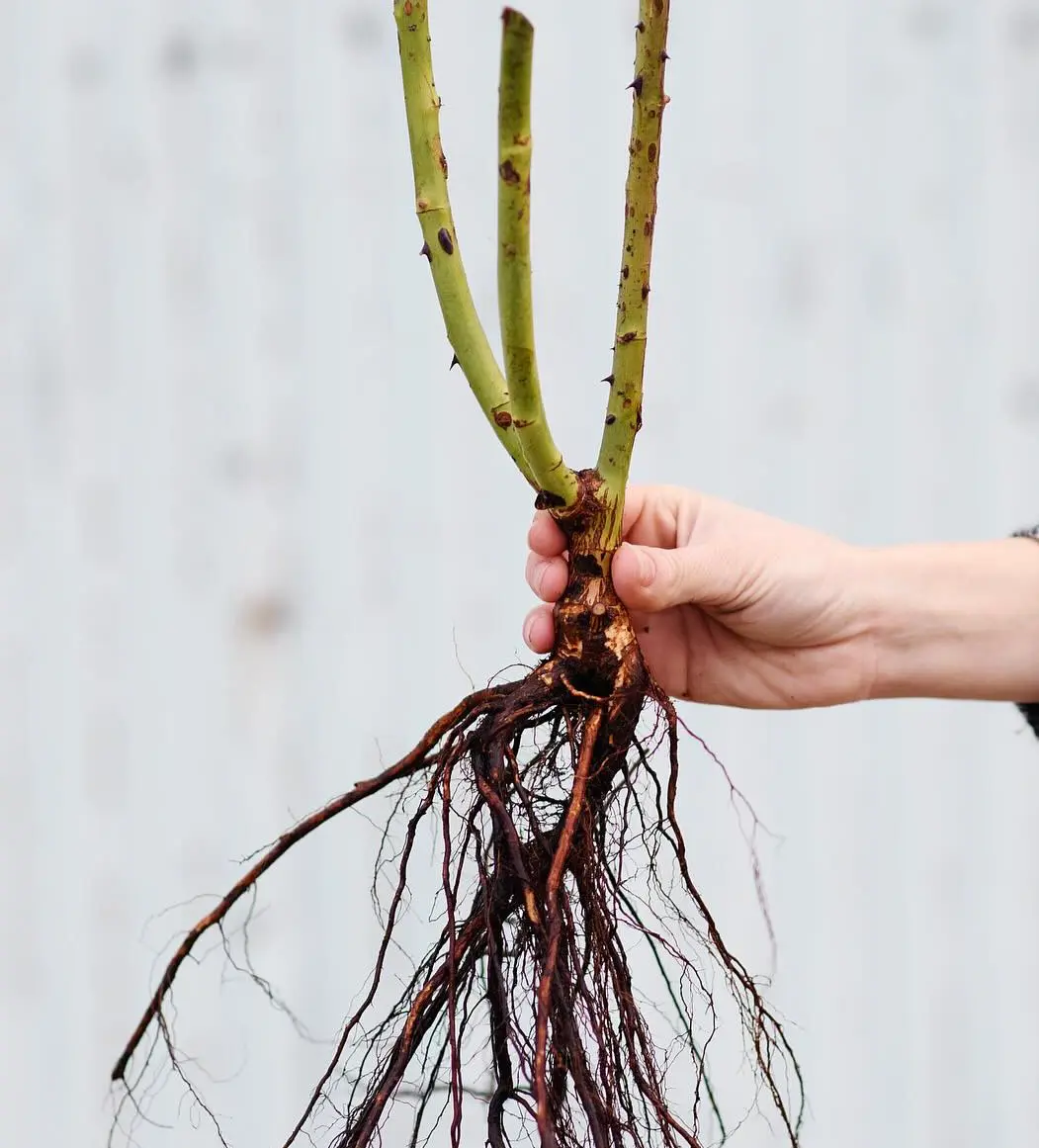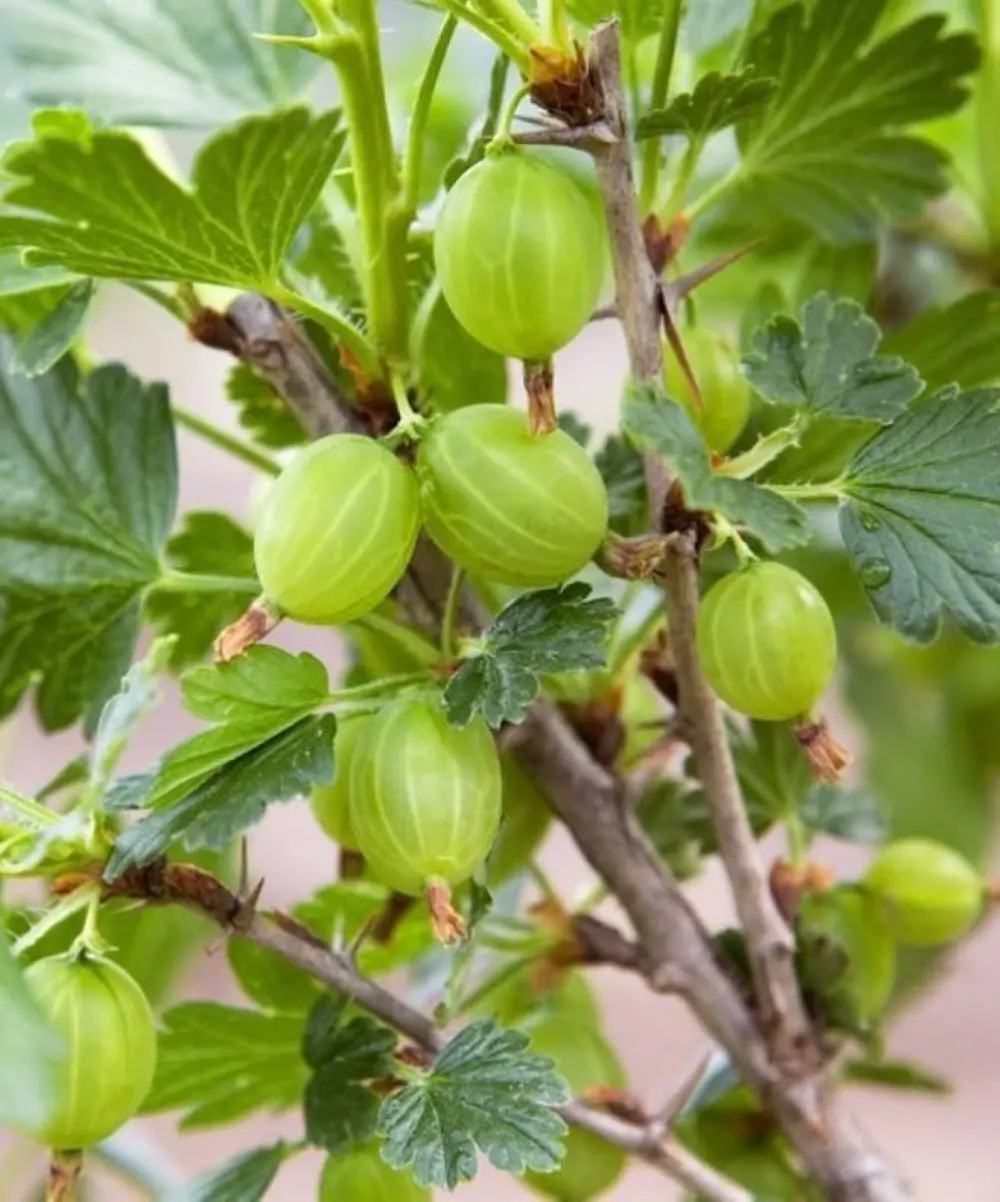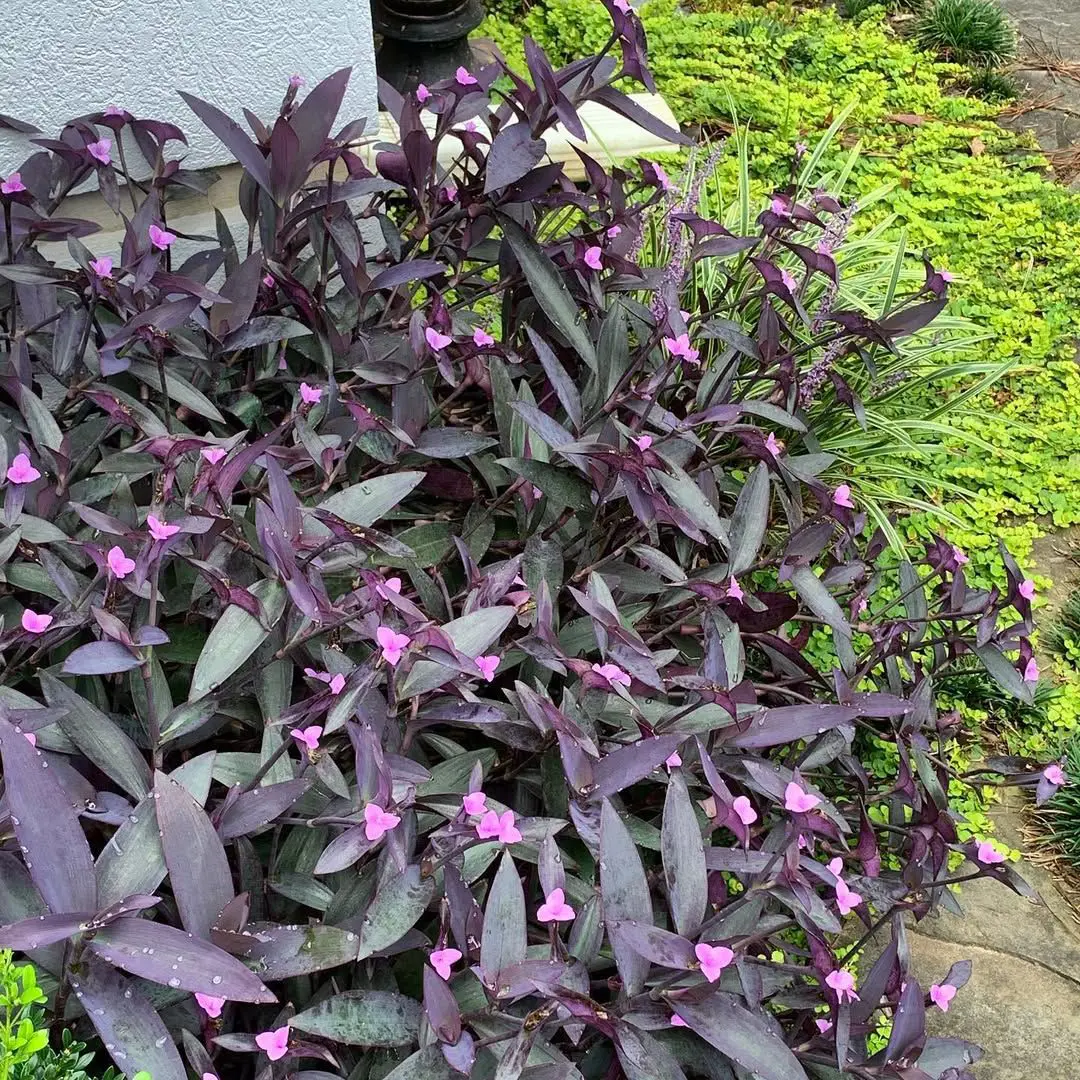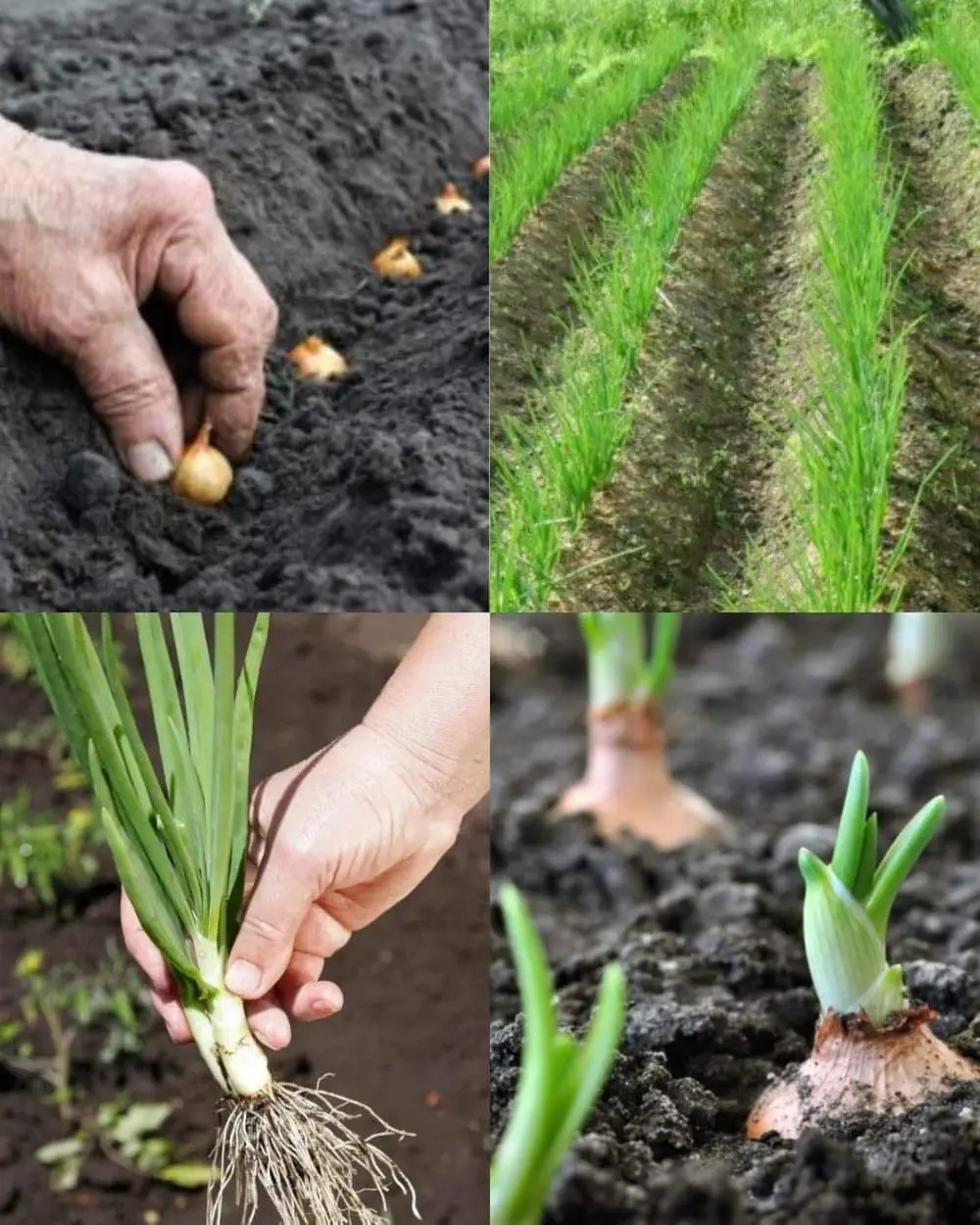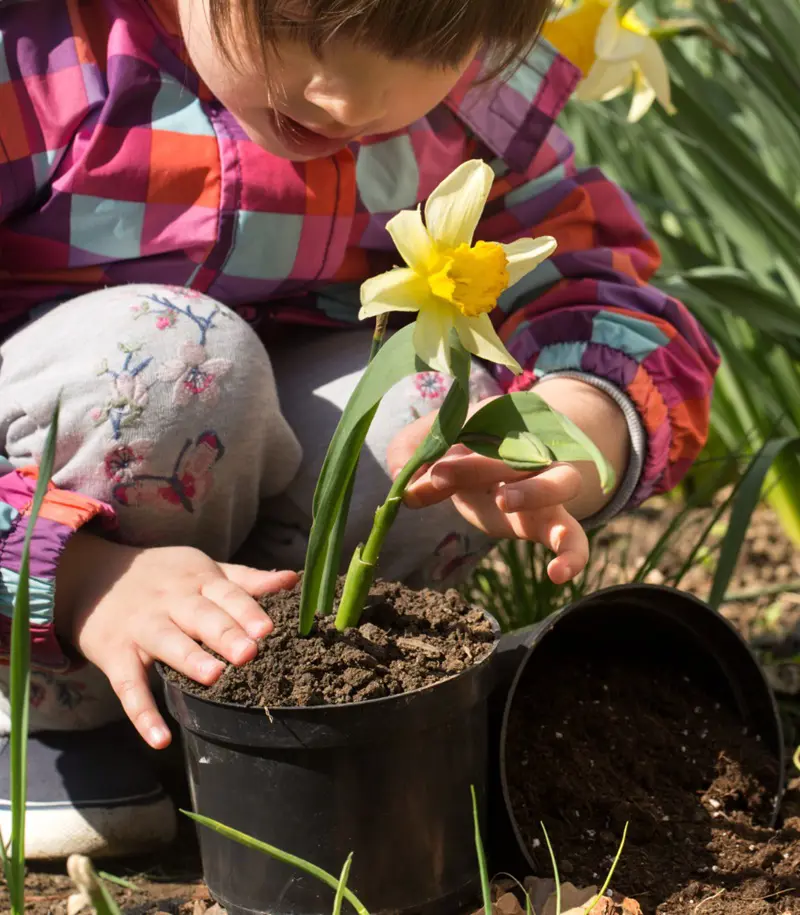1. Choose The Right Seeds To Grow
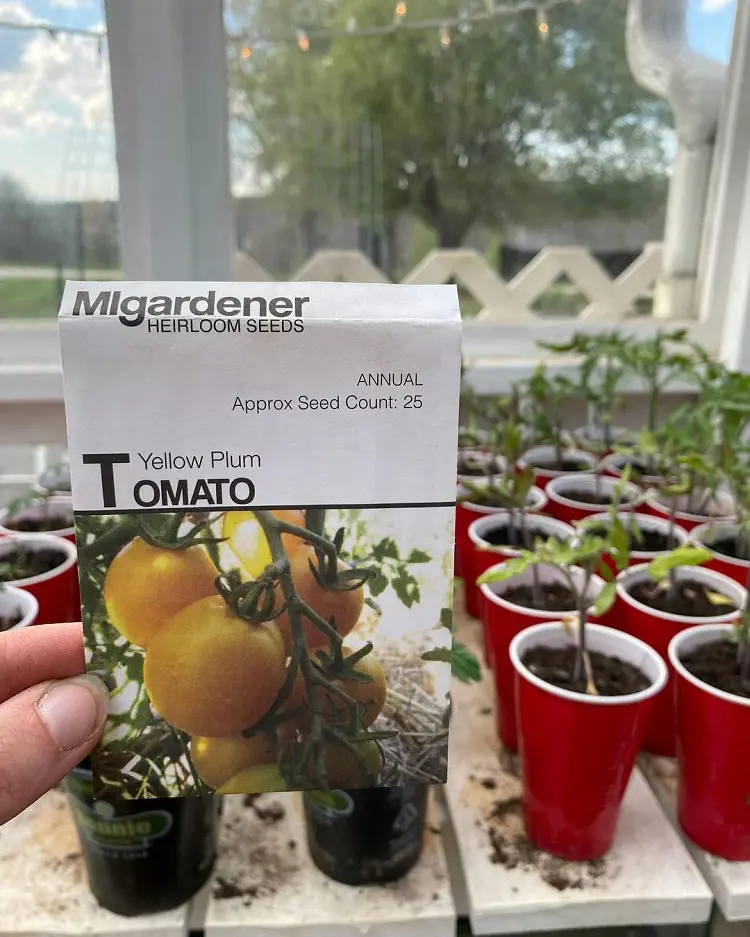
Selecting the right seeds is a vital step for the proper growth and development of tomato plants. Tomatoes come in different categories including cherry, heirloom, and hybrid types, and they possess typical attributes including size, color, and texture depending on the category.
Choosing the kinds that favor the climate, available soil space, and sunlight improves growth and production. Taking help from the local center or consulting seed catalogs will assist in determining the ideal plants for those conditions. Also, choosing the right seeds reduces diseases, and enhances yield.
